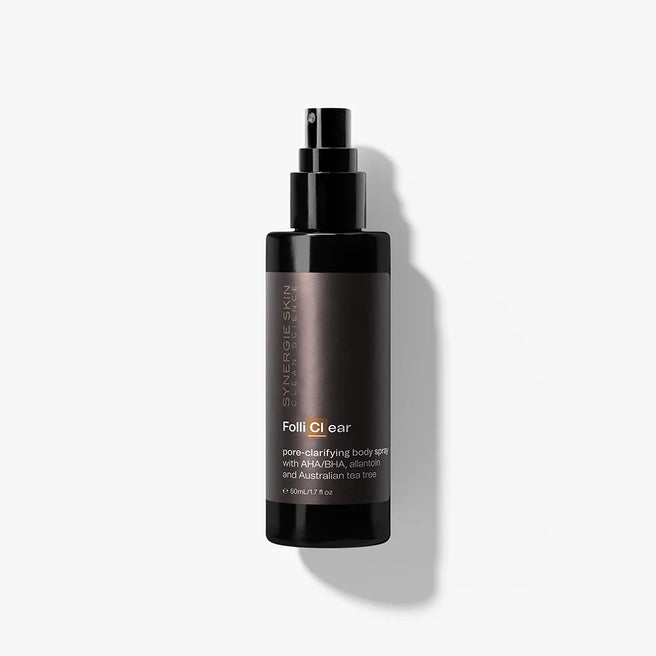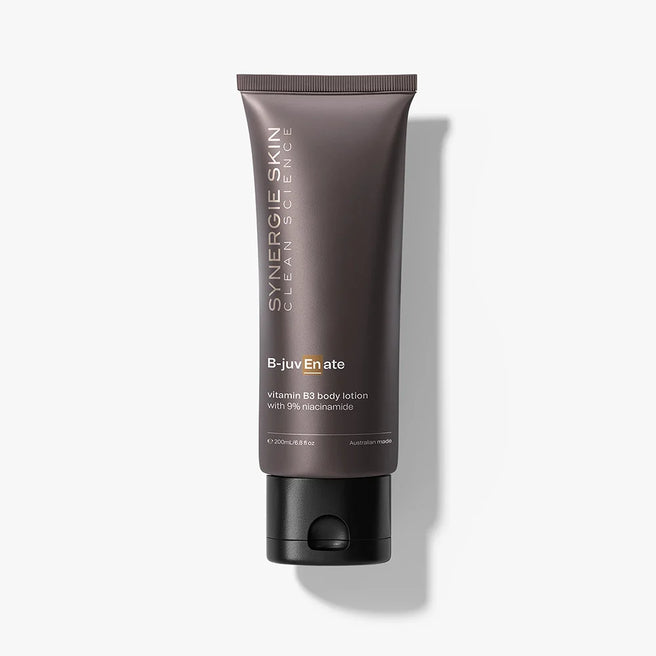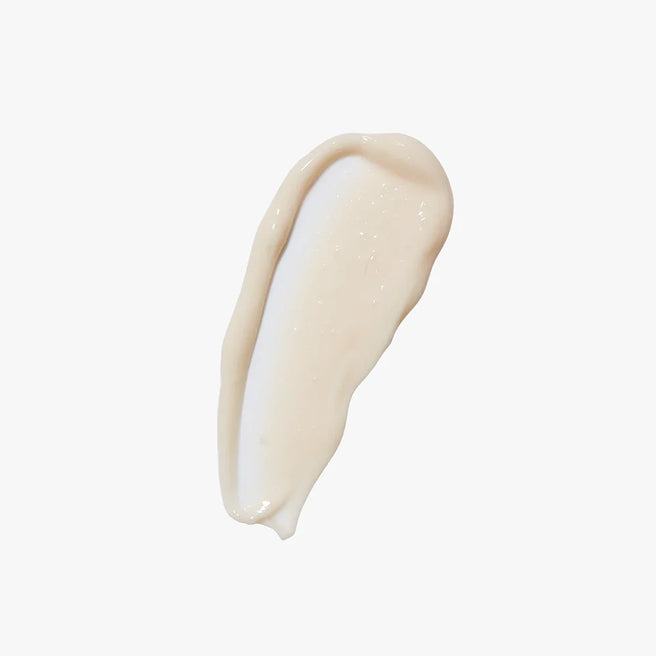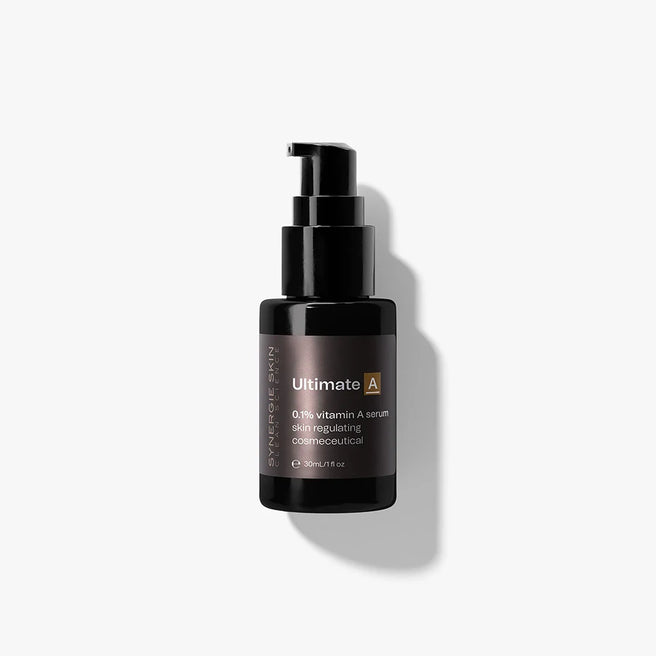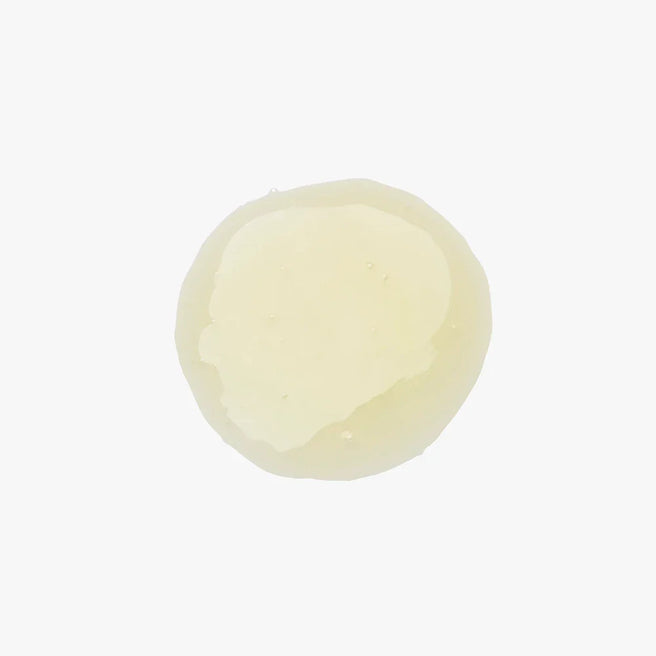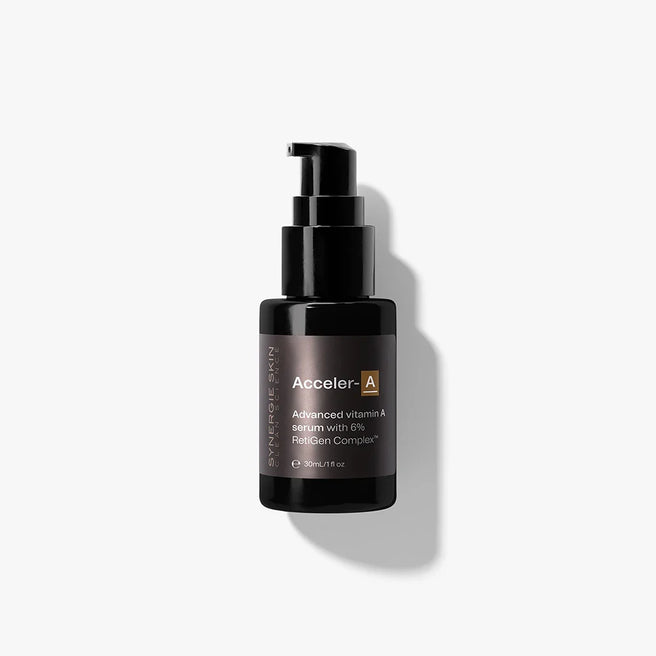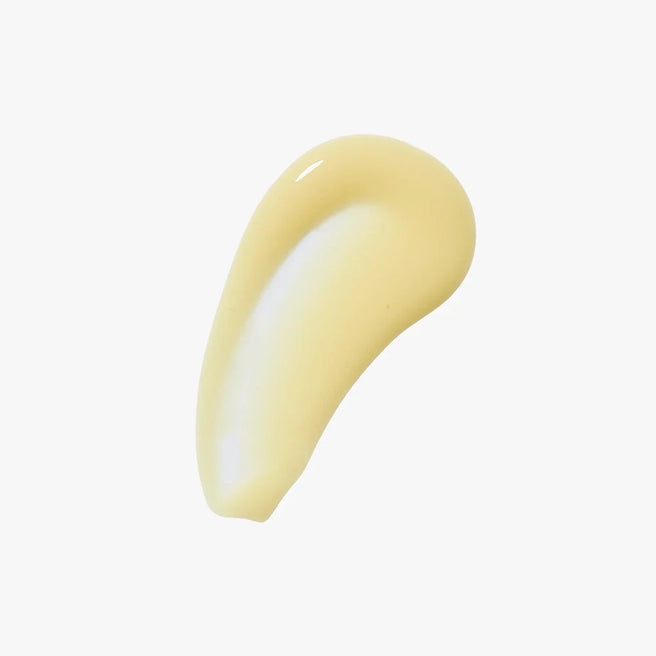How skincare and nutrition can address this common skin concern
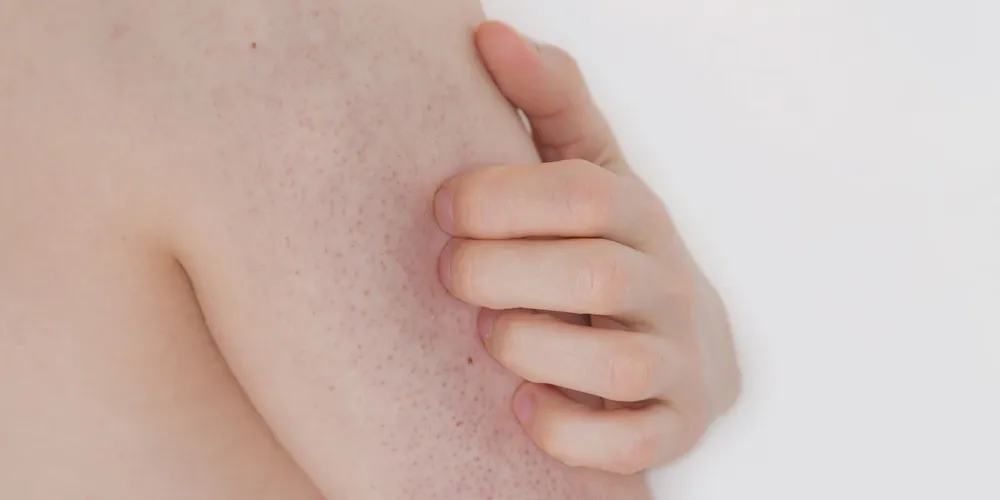
What is Keratosis Pilaris?
Keratosis pilaris (KP) is a common skin condition characterised by small, dry, non-itchy, dark-pink goosebumps. Some of you may also know it as ‘follicular keratosis’ or colloquially as ‘chicken skin’. It can affect the arms, back and thighs, and is caused by pores that get clogged with the skin protein, keratin. This clogging creates that lumpy ‘goosebump’ appearance.
What can cause Keratosis Pilaris?
Whilst the exact cause is unknown as of 2023, there are several observed contributing factors. KP often occurs when dead skin cells clog the hair follicles or pores in the skin, usually during the winter months when the air is dry. The condition therefore tends to improve in warmer environments when the humidity is higher. People with allergies, asthma or eczema are typically more prone to KP, and it is more common in adolescents, young adults, and females. KP also tends to run in the family, which may suggest there is a genetic component to this condition. It is not contagious, nor is it caused by a fungus, bacteria, or a virus.
Can Keratosis Pilaris be cured?
There is no known permanent cure for KP but good news is that many cases of KP disappear after the age of 30, as there appears to be a hormonal link to flare-ups occurring during puberty. You can definitely reduce the redness and appearance until the condition clears naturally. As tempting as it seems, harsh scrubbing, scratching or rubbing will not cure KP and will only irritate the skin further. Avoid wearing tight clothing for long periods of time, try to keep your skin hydrated with a humidifier by the bed, and avoid bathing in excessively hot water.
Skincare Treatments for Keratosis Pilaris
The best skincare method to treat KP is with an AHA/BHA chemical exfoliant. For Keratosis Pilaris Treatment in Australia, we recommend Synergie Skin's FolliClear, a multifunctional pore-clarifying body spray formulated to treat and prevent breakouts whilst maintaining clear skin from the neck down. FolliClear contains a 17.5% AHA/BHA formula which effectively clears blocked pores and acne breakouts whilst preventing future blemishes. This convenient spray makes it easy to reach the back area, which is often a stubborn spot to reach. Apply to the problem area in the morning immediately after showering. Follow with a light body moisturiser, such as Synergie Skin's B-JuvEnate, to prevent surface flaking and dryness.
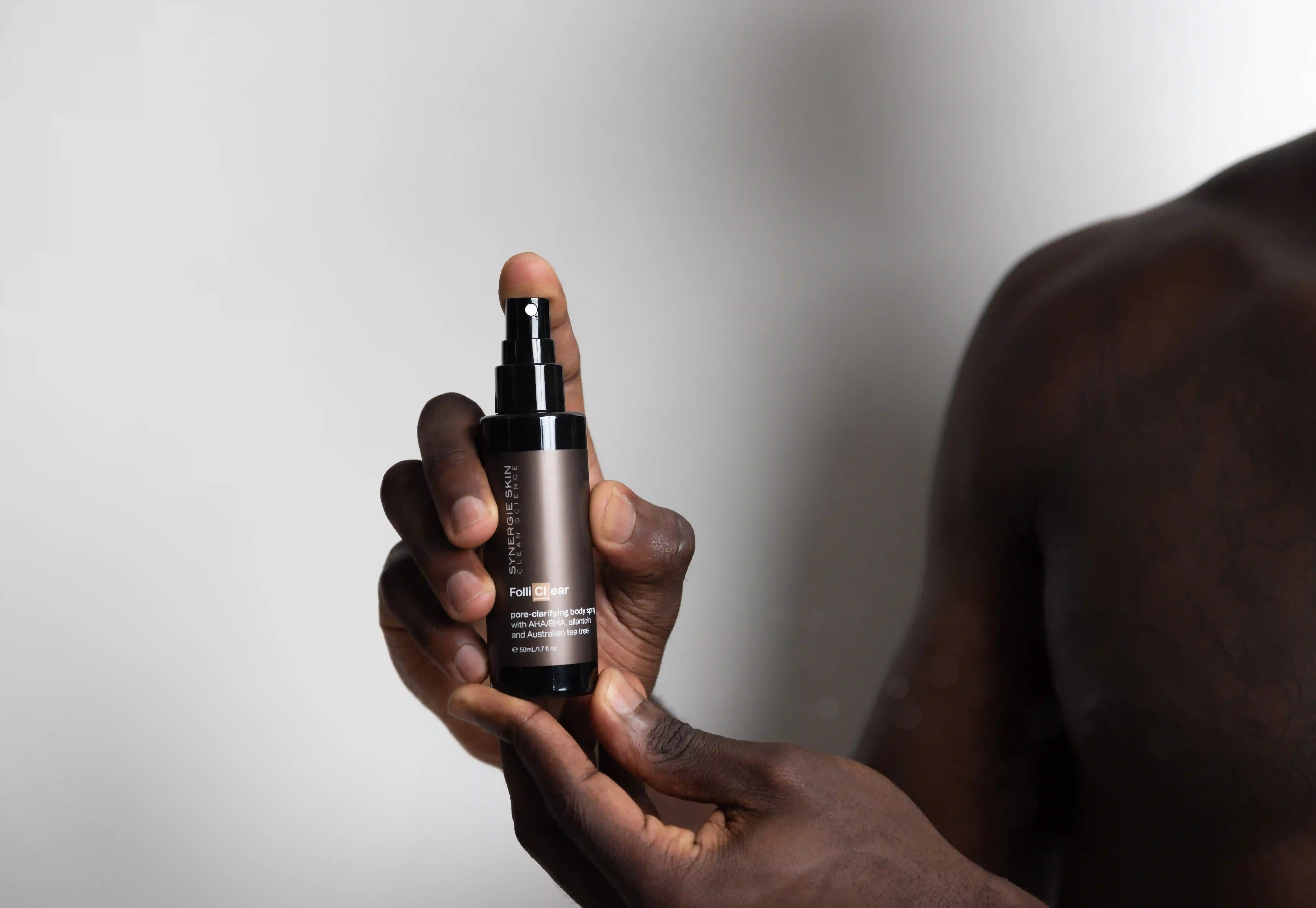
Keratosis Pilaris vitamin A
With regards to skincare for Keratosis Pilaris on the face, AHA’s and BHA’s are excellent for exfoliation but be careful not to over exfoliate the delicate skin of the face and neck. I would only recommend exfoliating twice weekly or on alternate nights at a maximum if you suffer from KP. Synergie Skin Reveal exfoliating serum contains a blend of active lactic, salicylic, malic and mandelic acid. Vitamin A is another key ingredient that is recommended for those with KP to help regulate skin cell turnover. This helps to prevent the keratin from accumulating in the pores.. Synergie Skin's Ultimate A serum contains stabilised retinol and witch hazel, which reduces redness, improves hydration, and stabilises the barrier function of the skin. Alternatively, those with more robust skin may wish to try the stronger formula Acceler-A serum by Synergie Skin, which contains an advanced retinoid derivative of vitamin A, hydroxypinacolone retinoate (HPR). The formula also contains dimethyl isosorbide, coenzyme Q10 and pure green tea. These ingredients work in synergy to clear, refine, brighten and rejuvenate. Apply one pump to affected areas in the evening.
Nutritional tips for controlling it
Although there is are no clinically verified studies that prove a “Keratosis Pilaris diet” significantly reduces KP, the following dietary recommendations have been shown to be beneficial. Whilst we do not recommend the removal of important food groups from your diet, it may help to limit or temporarily remove certain foods to reduce the severity of KP.
- Removing gluten and grains from your diet.
- Increasing omega 3 fatty acids with non-farmed oily fish or algal oil supplements.
- Reducing dairy intake as the dairy protein casein can lead to skin irritation. A2 milk is casein free.
- Removing refined sugar and high sugar foods from your diet. This is one thing that we recommend for long term health, not only for the skin but for the entire body.
Improve gut health which can significantly reduce inflammation. This includes adding prebiotic fibre and probiotics to your diet. Greek yoghurt, and fermented foods, kefir, Kimchi and Sauerkraut are excellent dietary sources of probiotics to improve gut health.

Not sure what products are suitable for your skin type? Head to our Analyse Your Skin quiz to find your routine. Your skin confidence begins here.
[Disclaimer: The information provided here is for educational purposes only and should not replace professional skincare advice. Consult a dermatologist or skincare specialist for personalised recommendations.]




